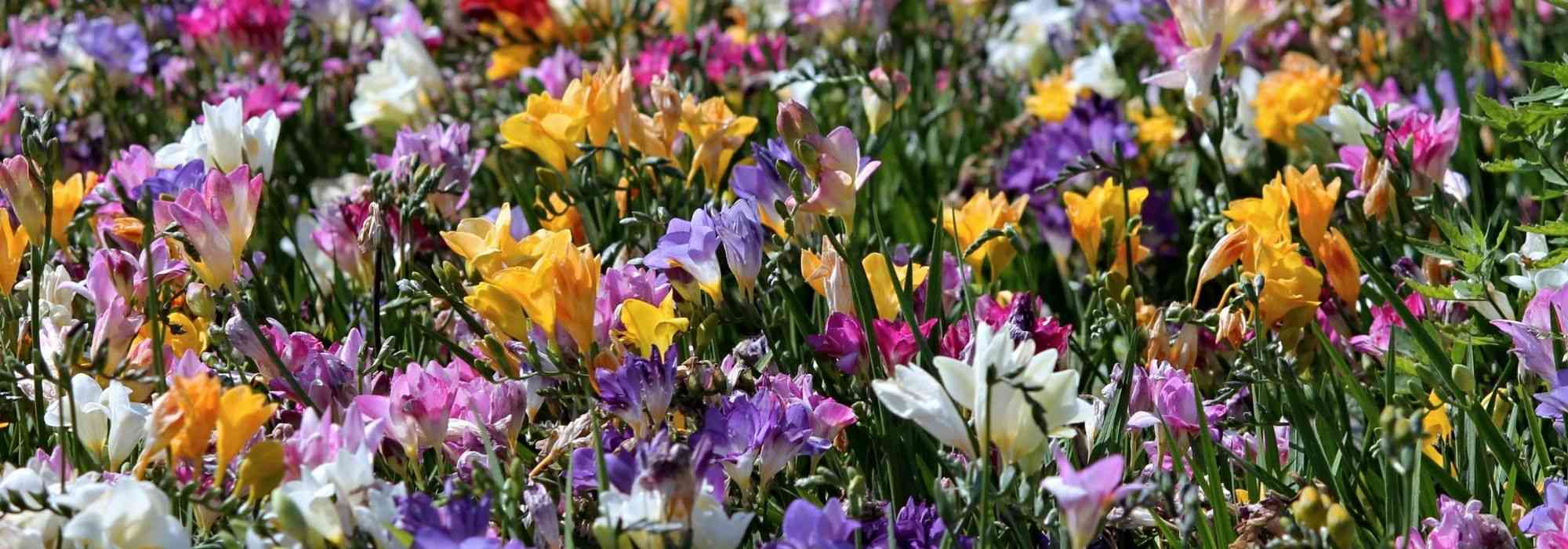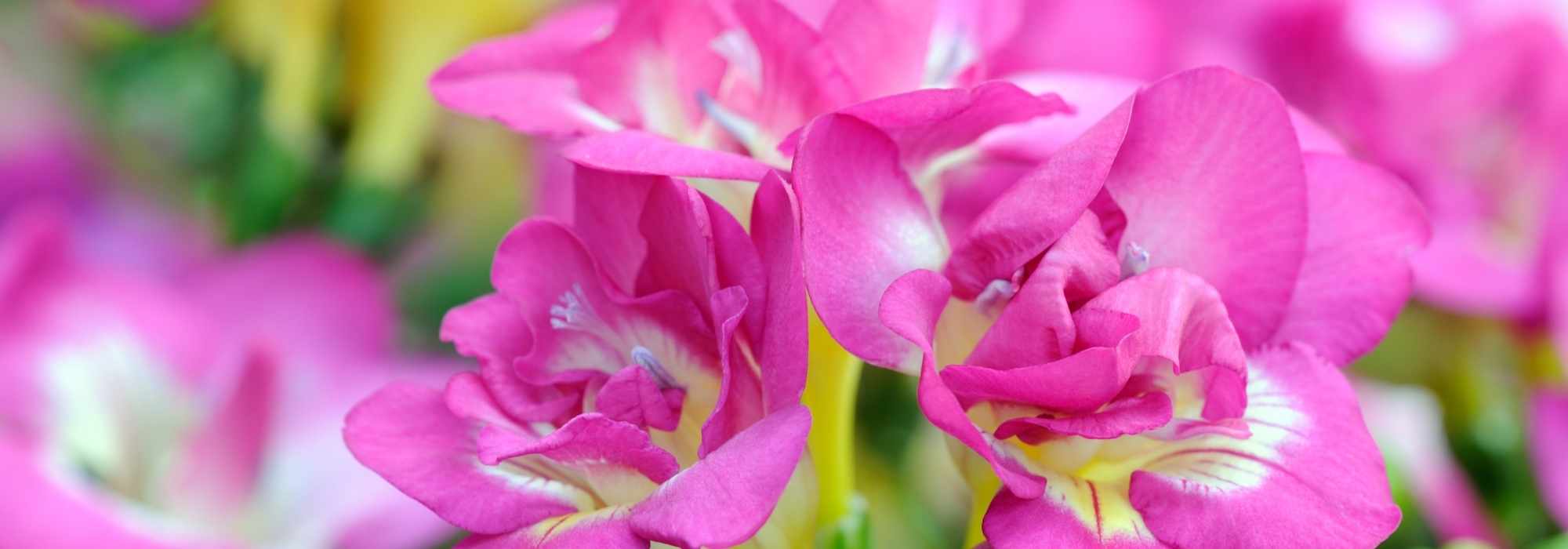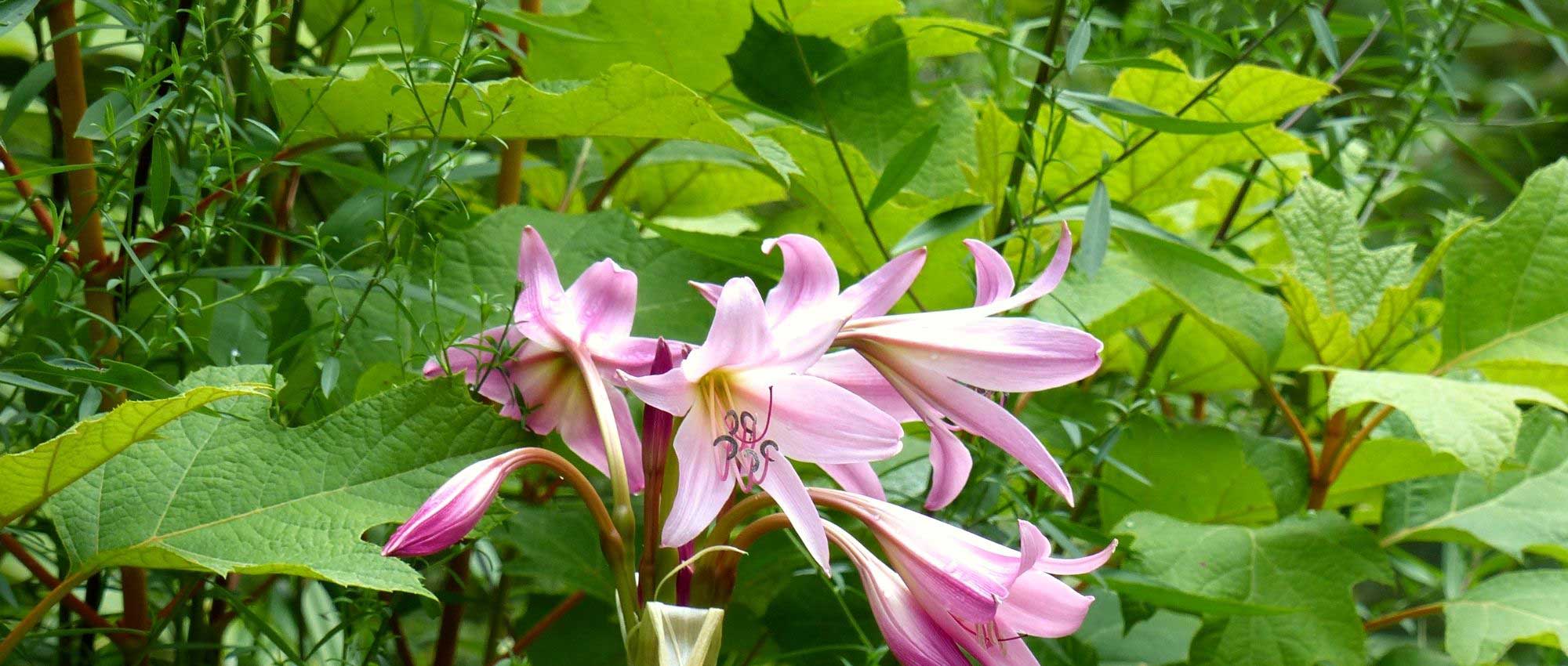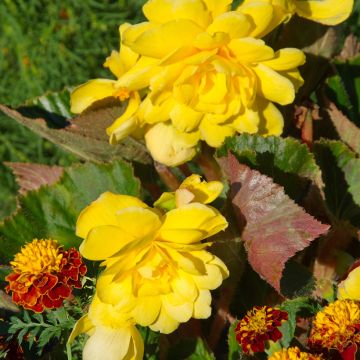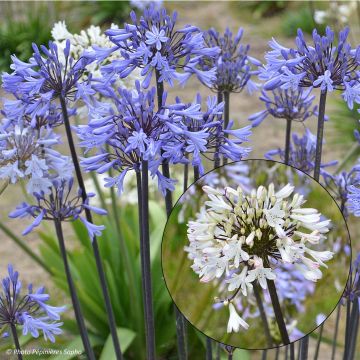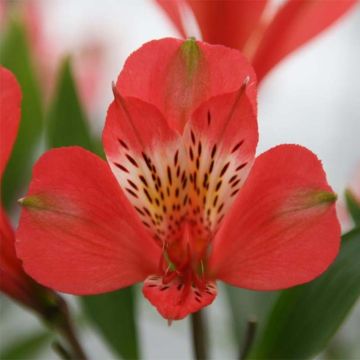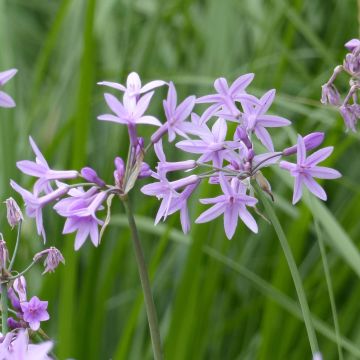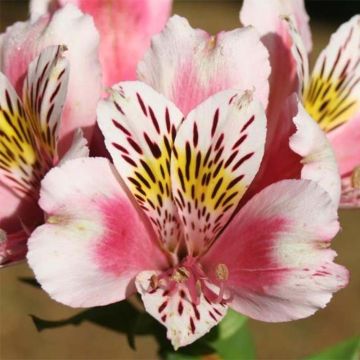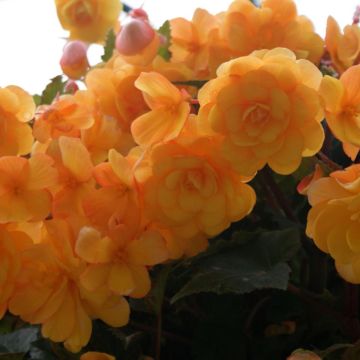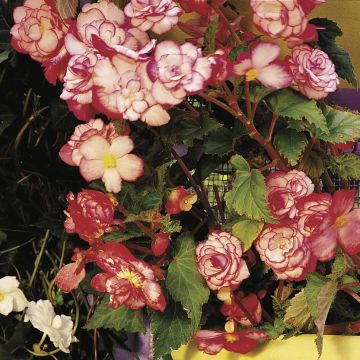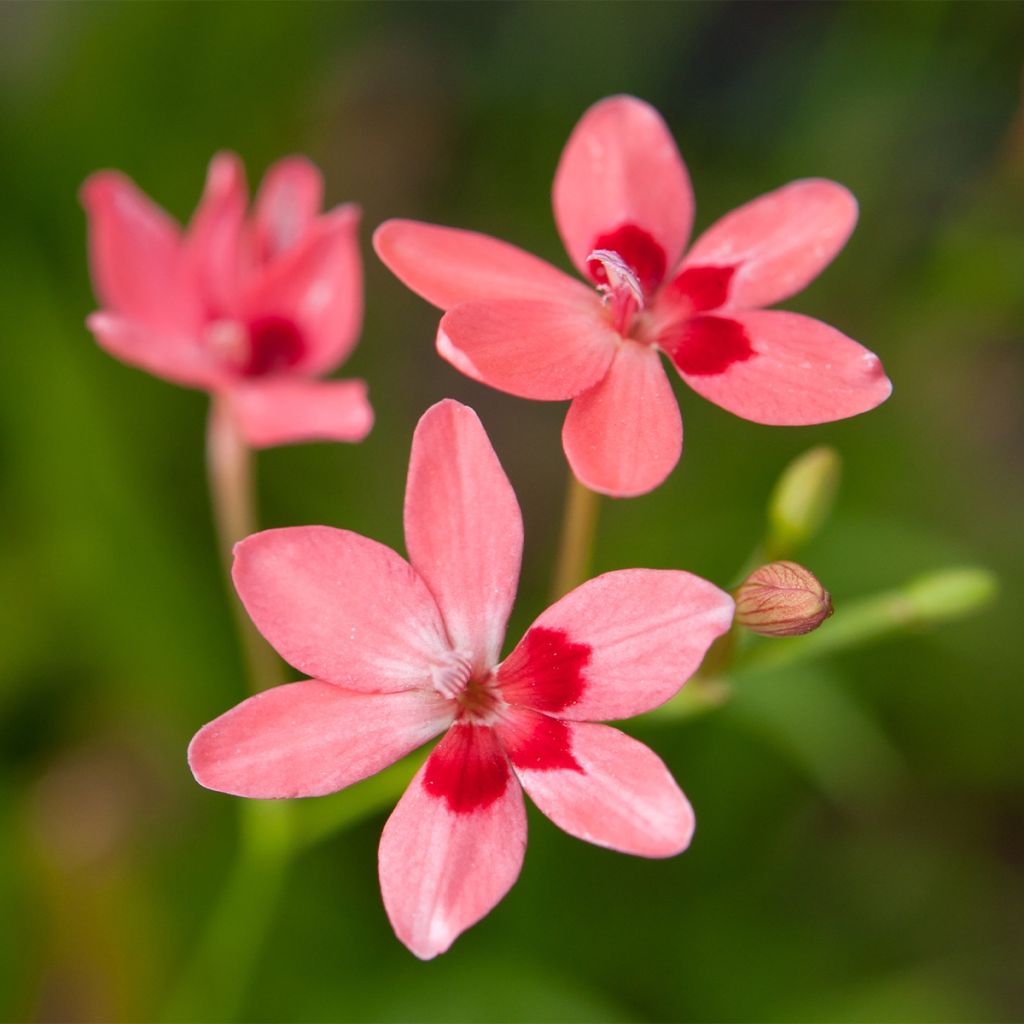

Anomatheca laxa - Freesia ou Lapeirousia
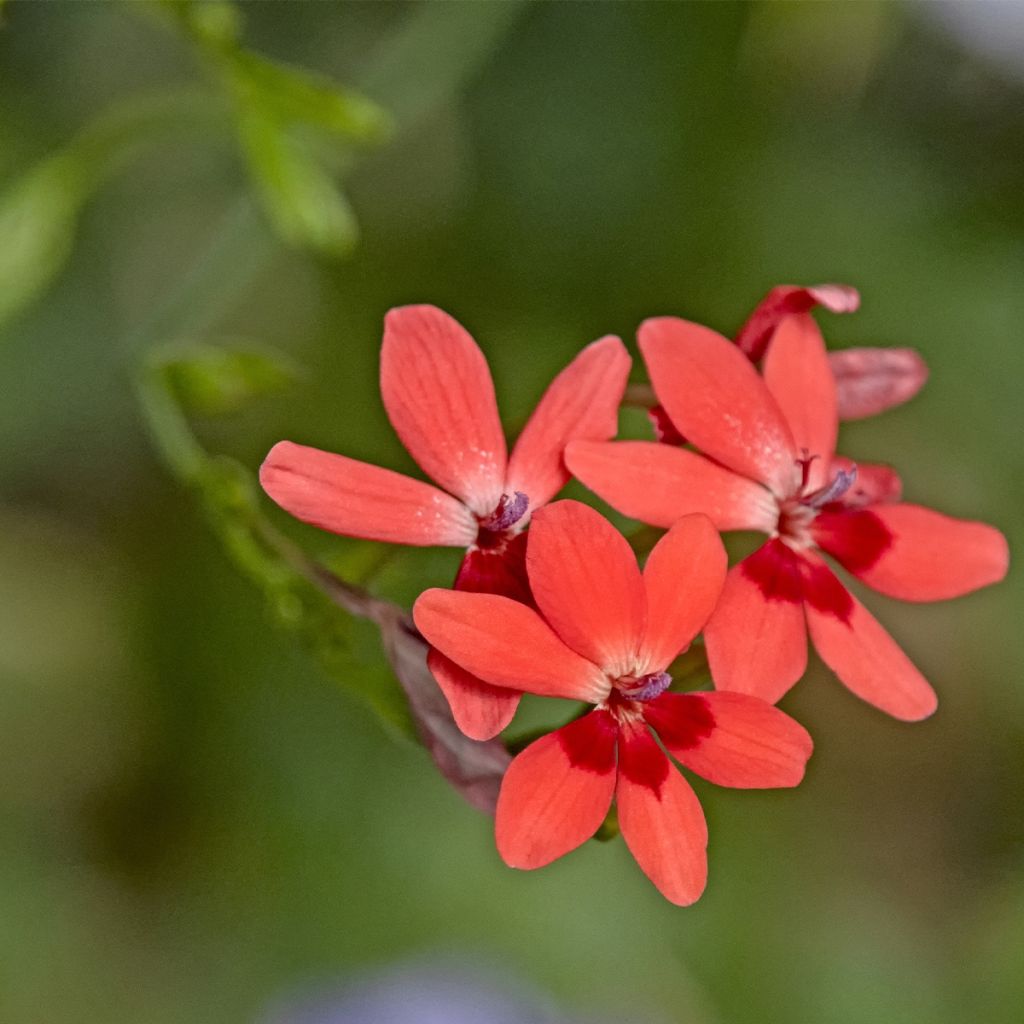

Anomatheca laxa - Freesia ou Lapeirousia
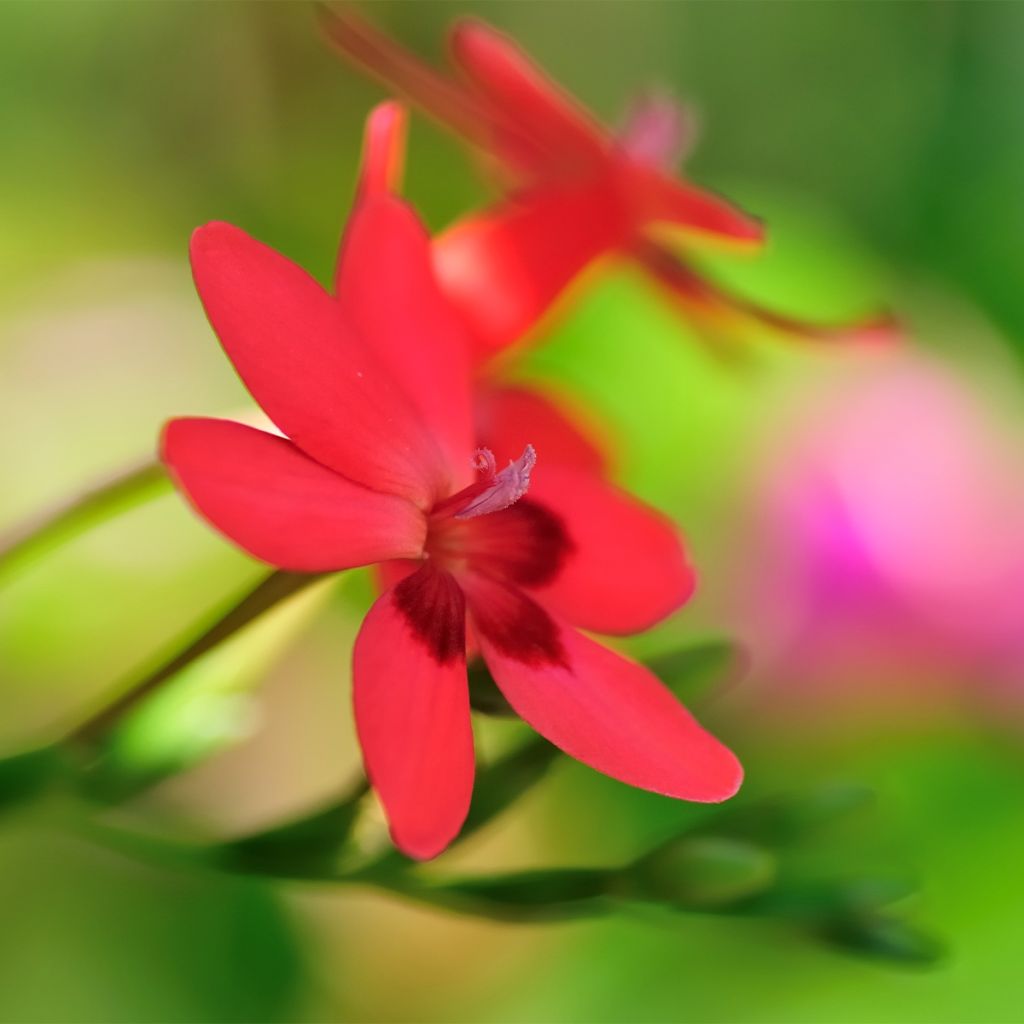

Anomatheca laxa - Freesia ou Lapeirousia
Anomatheca laxa - False Freesia
Anomatheca laxa
False Freesia
Bought last year, my anomatheca bulbs produced small, somewhat disappointing flowers. But this year, the same bulbs left in the ground over winter have produced magnificent flowers: it is therefore a flower that I recommend.
Marine, 06/05/2023
Special offer!
Receive a €20 voucher for any order over €90 (excluding delivery costs, credit notes, and plastic-free options)!
1- Add your favorite plants to your cart.
2- Once you have reached €90, confirm your order (you can even choose the delivery date!).
3- As soon as your order is shipped, you will receive an email containing your voucher code, valid for 3 months (90 days).
Your voucher is unique and can only be used once, for any order with a minimum value of €20, excluding delivery costs.
Can be combined with other current offers, non-divisible and non-refundable.
Why not try an alternative variety in stock?
View all →This plant carries a 6 months recovery warranty
More information
We guarantee the quality of our plants for a full growing cycle, and will replace at our expense any plant that fails to recover under normal climatic and planting conditions.

Does this plant fit my garden?
Set up your Plantfit profile →
Description
Anomatheca laxa, (synonym Freesia or Lapeirousia laxa), is a small bulbous plant, or more precisely a corm, that flowers in the dunes and coastal rockeries of southern Africa. Still rare in cultivation, it is a tender species appreciated by collectors for its fragrant and delicate flowering. The flowers are often red in colour, less commonly white or pale blue, but they always have beautiful dark red spots on the three lower petals. Outside of our mildest coastal regions, it is essential to plant the corms in spring, in pots or in the ground, and store them dry in winter.
Anomatheca laxa is a plant from the iris family native to western Kenya and the Cape Province in South Africa. The genus Anomatheca has now merged with the genus Freesia. It was the Danish botanist Ecklon, a specialist in South African flora, who named it in honour of one of his most brilliant students, Doctor Freese, who was also a physician, pharmacist, and botanist.
This False Freesia develops light green foliage, composed of 6 to 9 thin, linear, upright leaves with sharp tips. The foliage is deciduous after flowering, when the bulb enters dormancy. The inflorescence develops from May to July, at the terminal part of an unbranched cylindrical flower stalk measuring 30cm (12in) in height. Each corm will produce several flower stalks. The tubular-based flowers, 2 to 3cm (1in) wide, are red or pink, sometimes white or pale blue, and composed of six star-shaped tepals. Dark red spots are present at the base of the three lower tepals. The fruit is a globular to oblong capsule, initially green and becoming brown when ripe. Each capsule contains several bright red seeds.
Freesia is often referred to as a bulbous plant. It is more precisely a corm, an underground organ that stores nutrients for the plant. Unlike true bulbs, the corm depletes all of its reserves during each seasonal cycle and each time it is replaced by a new one. The Freesia corm is conical and measures about 1 to 2cm at its base. It should be planted apex facing upwards at a depth of 5cm (2in). This will facilitate the emergence of new shoots. At the end of the season, once the leaves have turned yellow, the corms enter dormancy, signaling the need to overwinter them above ground and protected from frost. As long as the foliage remains green, the plant replenishes its reserves for the following year.
Anomatheca laxa is a frost-sensitive plant that cannot tolerate temperatures below -3°C. If you want to see it grow in the ground, make sure that the last frosts have passed before planting. Then find a sunny location for it. It prefers cool, well-drained sandy to rocky soils with a tendency to be humiferous. It can be associated with orange, yellow, or red Crocosmia in rockeries or border plantings. Freesia, whether in the ground or in a pot, can be paired with other exotic or precious bulbous plants, such as scented or unscented Agapanthus, Tuberose, Crinum, or Moraea.
Anomatheca laxa - False Freesia in pictures
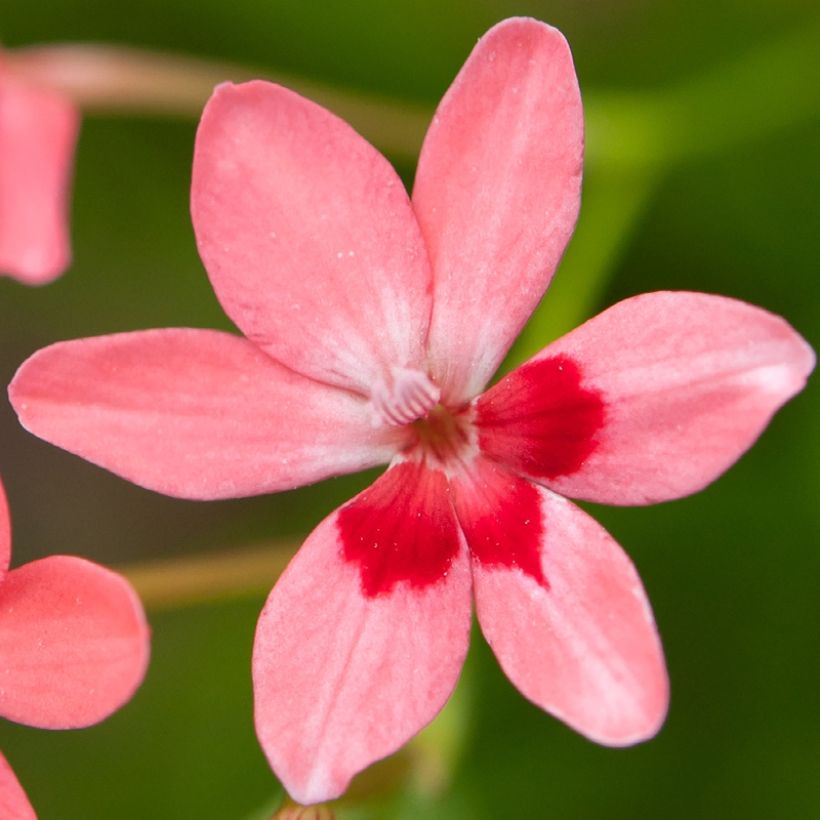

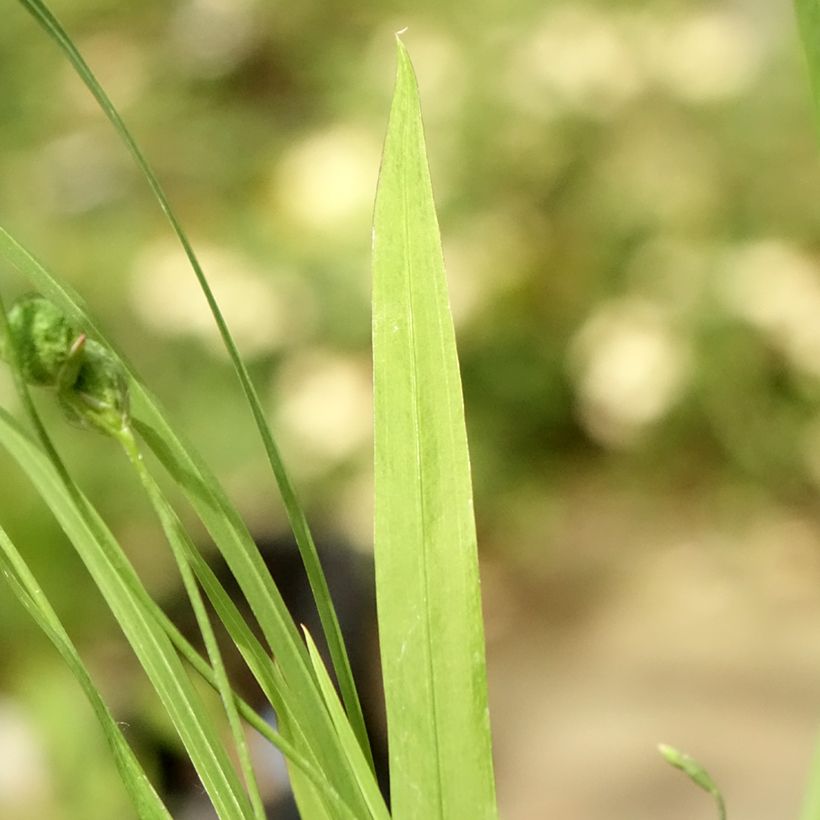

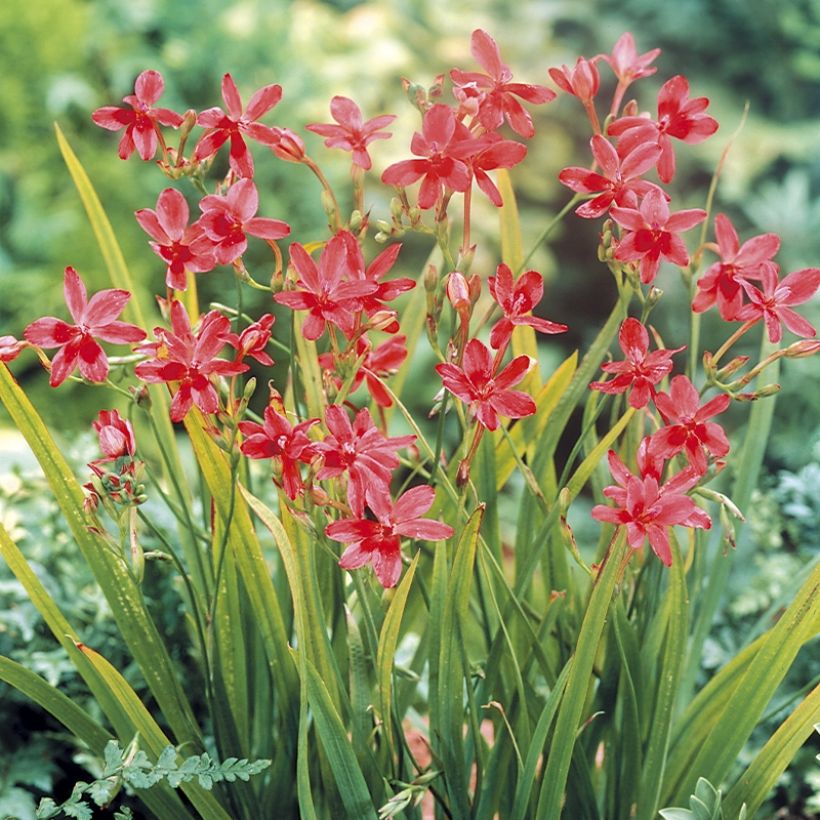

Plant habit
Flowering
Foliage
Botanical data
Anomatheca
laxa
Iridaceae
False Freesia
Freesia laxa, Lapeirousia laxa
Cultivar or hybrid
Planting and care
Plant Anomatheca laxa in a frost-free, well-drained, loose, humus-rich, fertile, light soil, in a sunny but not scorching position. The plants should not lack water during the growing period. Optionally, apply liquid bulb fertilizer after flowering. Remove faded flowers to avoid exhausting the bulb.
It can be planted in a cold greenhouse (frost-free) in autumn for spring flowering from March to May. In coastal regions where there is very little frost, it can be planted in the ground, provided it is protected from light frosts in winter with a thick mulch.
Planting in spring will result in a rather summer flowering. In this case, it is essential to remove the corms from the soil when the leaves are completely faded. Store them in a cool and dry place until the following spring.
Planting in pots: Plant 5 to 7 bulbs per 15cm (6in) diameter pots, in a mixture of sand, compost, and turf.
Planting in the garden: Freesias are sensitive to cold, so they should be planted after the frosts. The soil should be well-drained. After the foliage has dried up, the bulbs should be dug up and stored in a dry and cool place, protected from frost, for planting the following year.
Freesias can be propagated by separating the offsets, but also by sowing.
Planting period
Intended location
Care
Planting & care advice
-
, onOrder confirmed
Reply from on Promesse de fleurs
Similar products
Haven't found what you were looking for?
Hardiness is the lowest winter temperature a plant can endure without suffering serious damage or even dying. However, hardiness is affected by location (a sheltered area, such as a patio), protection (winter cover) and soil type (hardiness is improved by well-drained soil).

Photo Sharing Terms & Conditions
In order to encourage gardeners to interact and share their experiences, Promesse de fleurs offers various media enabling content to be uploaded onto its Site - in particular via the ‘Photo sharing’ module.
The User agrees to refrain from:
- Posting any content that is illegal, prejudicial, insulting, racist, inciteful to hatred, revisionist, contrary to public decency, that infringes on privacy or on the privacy rights of third parties, in particular the publicity rights of persons and goods, intellectual property rights, or the right to privacy.
- Submitting content on behalf of a third party;
- Impersonate the identity of a third party and/or publish any personal information about a third party;
In general, the User undertakes to refrain from any unethical behaviour.
All Content (in particular text, comments, files, images, photos, videos, creative works, etc.), which may be subject to property or intellectual property rights, image or other private rights, shall remain the property of the User, subject to the limited rights granted by the terms of the licence granted by Promesse de fleurs as stated below. Users are at liberty to publish or not to publish such Content on the Site, notably via the ‘Photo Sharing’ facility, and accept that this Content shall be made public and freely accessible, notably on the Internet.
Users further acknowledge, undertake to have ,and guarantee that they hold all necessary rights and permissions to publish such material on the Site, in particular with regard to the legislation in force pertaining to any privacy, property, intellectual property, image, or contractual rights, or rights of any other nature. By publishing such Content on the Site, Users acknowledge accepting full liability as publishers of the Content within the meaning of the law, and grant Promesse de fleurs, free of charge, an inclusive, worldwide licence for the said Content for the entire duration of its publication, including all reproduction, representation, up/downloading, displaying, performing, transmission, and storage rights.
Users also grant permission for their name to be linked to the Content and accept that this link may not always be made available.
By engaging in posting material, Users consent to their Content becoming automatically accessible on the Internet, in particular on other sites and/or blogs and/or web pages of the Promesse de fleurs site, including in particular social pages and the Promesse de fleurs catalogue.
Users may secure the removal of entrusted content free of charge by issuing a simple request via our contact form.
The flowering period indicated on our website applies to countries and regions located in USDA zone 8 (France, the United Kingdom, Ireland, the Netherlands, etc.)
It will vary according to where you live:
- In zones 9 to 10 (Italy, Spain, Greece, etc.), flowering will occur about 2 to 4 weeks earlier.
- In zones 6 to 7 (Germany, Poland, Slovenia, and lower mountainous regions), flowering will be delayed by 2 to 3 weeks.
- In zone 5 (Central Europe, Scandinavia), blooming will be delayed by 3 to 5 weeks.
In temperate climates, pruning of spring-flowering shrubs (forsythia, spireas, etc.) should be done just after flowering.
Pruning of summer-flowering shrubs (Indian Lilac, Perovskia, etc.) can be done in winter or spring.
In cold regions as well as with frost-sensitive plants, avoid pruning too early when severe frosts may still occur.
The planting period indicated on our website applies to countries and regions located in USDA zone 8 (France, United Kingdom, Ireland, Netherlands).
It will vary according to where you live:
- In Mediterranean zones (Marseille, Madrid, Milan, etc.), autumn and winter are the best planting periods.
- In continental zones (Strasbourg, Munich, Vienna, etc.), delay planting by 2 to 3 weeks in spring and bring it forward by 2 to 4 weeks in autumn.
- In mountainous regions (the Alps, Pyrenees, Carpathians, etc.), it is best to plant in late spring (May-June) or late summer (August-September).
The harvesting period indicated on our website applies to countries and regions in USDA zone 8 (France, England, Ireland, the Netherlands).
In colder areas (Scandinavia, Poland, Austria...) fruit and vegetable harvests are likely to be delayed by 3-4 weeks.
In warmer areas (Italy, Spain, Greece, etc.), harvesting will probably take place earlier, depending on weather conditions.
The sowing periods indicated on our website apply to countries and regions within USDA Zone 8 (France, UK, Ireland, Netherlands).
In colder areas (Scandinavia, Poland, Austria...), delay any outdoor sowing by 3-4 weeks, or sow under glass.
In warmer climes (Italy, Spain, Greece, etc.), bring outdoor sowing forward by a few weeks.































